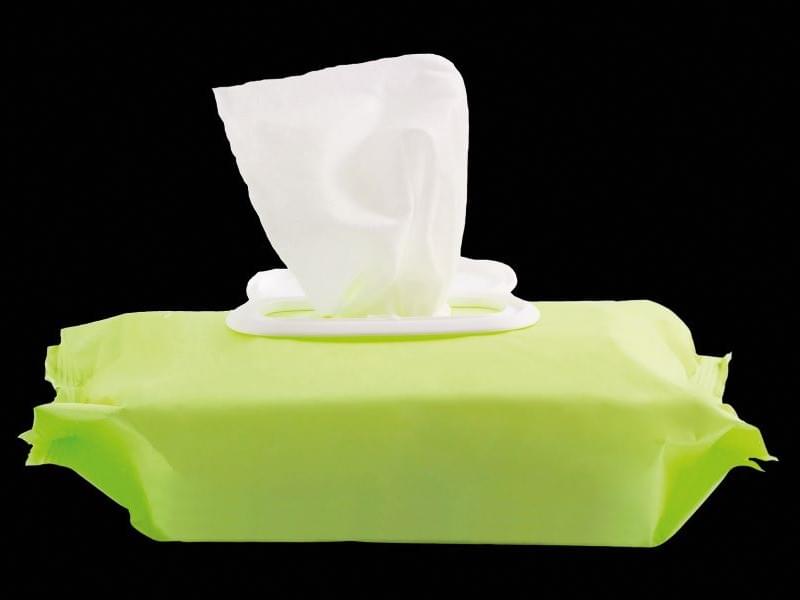LEATHERHEAD, Surrey, UK and AKRON, Ohio, USA – February 2, 2022 – Through a small segment, global demand for wetlaid variants is rising fast – equivalent to a compound annual growth rate (CAGR) of 5.7% for 2022-2027 – according to the latest in-depth market study from Smithers. This will make wetlaids one for the faster nonwoven material segments across the next five years.
Authoritative data forecasts available in
The Future of Wetlaid Nonwovens to 2027 track how demand for sustainable nonwovens and the installation of new hydroentangled wetlaid lines will fuel growth. This will see the market in 2022 reach a projected $2.11 billion, consuming 687,300 tonnes of material and 19,061 million square metres; rising to $2.88 billion in 2027 (at constant prices), in 2027.
This is providing a spur to innovation in multiple end-use segments:
- Liquid filtration will continue to be the largest market segment for wetlaids, due to continuing demand for single-serve hot beverages in tea bags and coffee filters
- In wipes hydroentangled wetlaid variants double recrepe (DRC) substrates are accelerating sales into flushable and industrial wipes segments, respectively
- There will be extra demand in wall coverings – including for decorative surfaces that can be personalised with bespoke designs on digital printers – even as wetlaids face competition from other nonwoven material sets
- There are emergent applications for wetlaids in electronics – notably battery separators, in electric vehicles and personal electronic devices.
The largest wetlaid type will remain standard synthetic fibre/pulp wetlaid (STD), accounting for 52.0% of worldwide consumption in 2022. Hydroentangled wetlaid will be the fastest growing process however, and in 2023 will overtake glass fibre as the second most important wetlaid segment, by volume.
The largest regional market for wetlaids will remain North America – accounting for 46.0% of consumption in 2022. This is due to widespread use of DRC in industrial wipes, the use of hydroentangled wetlaid for flushable consumer wipes, high volumes of glass fibre-based wetlaid, and a large liquid filtration market. Europe is the second biggest market, but has one of the lowest regional growth forecasts through to 2027; in contrast North America will grow at the fastest rate.
Wetlaid nonwovens are in an ideal position to meet the desire for more sustainable products. Only airlaid and wetlaid nonwovens can use wood pulp and other natural fibres as major raw materials; with wood pulp the most renewable, supply-secure and cost-effective of all nonwovens feedstocks. This trend will be aided by corporate sustainability goals and new regulatory restrictions on single-use plastics, and wipe flushability in particular.
There will be some competition from innovation in spunlaid substrates, including lower weight materials, cellulose-based spunlaid, and biopolymer constructions.
The market and technology trends that will shape the future outlook for wetlaid nonwovens are analysed and quantified in detail in the new Smithers report –
The Future of Wetlaid Nonwovens to 2027. This segments this fast developing market (value and volume) by:
- Raw materials (PP, PET, Rayon/lyocell, Bicomponent fibres, Wood pulp, Glass fibre, Other fibres, Binders & additives)
- Wetlaid process (STD, DRC, Synthetic, Glass fibre, Hydroentangled)
- End-use application (Hygiene, Medical, Personal wipes, Industrial wipes, Other disposables, Shoes & Leather, Coating substrates, Wallcoverings & household, Liquid filtration, Air & gas filtration, Building & roofing, Other durables)
- Regional market (North America, Asia, Europe, South America, Rest of the World).
